Vegetables to Grow and Harvest in Winter
Vegetables to grow and harvest in winter straight from your garden. If you live in a temperate climate like the UK, there are a whole host of vegetables that you can leave in the ground over winter and yet more, harvest all through the winter too.
Let’s look at some of the vegetables to harvest throughout the winter and some vegetables to sow the seeds in early autumn (fall) to harvest during the winter and next spring.
If you use Amazon UK for shopping, you can find all the relevant links in my Winter Vegetables list in my Amazon store. If you prefer not to use Amazon, links to each vegetable are within the article.
Brassicas
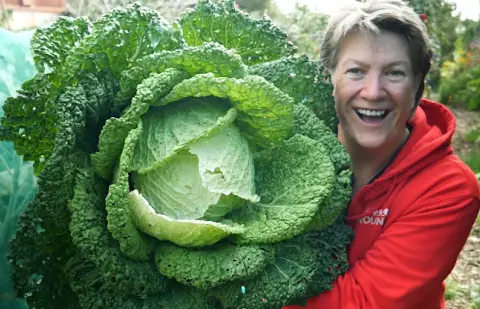
There are a whole host of brassicas to sow in early spring to harvest by late summer and others that sit in the ground over winter.
Purple sprouting broccoli and white sprouting broccoli
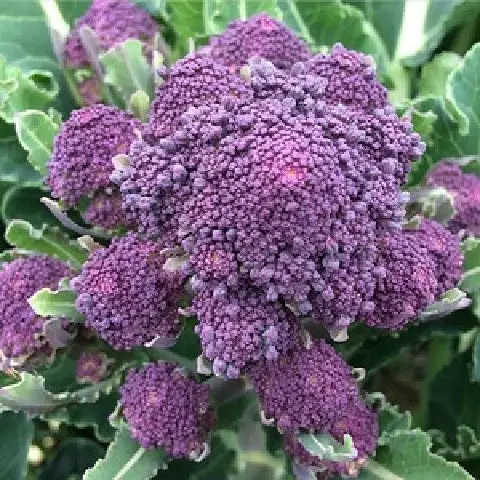
Sow in spring to grow through a year. In the next spring, they send up flower shoots. Before the flowers open, harvest those little florets and that’s the part that we eat. For both purple sprouting broccoli and white sprouting broccoli, harvest the central head first to encourage side sprouts. Harvest regularly for a continued crop over a period of weeks.
You can also eat the leaves. There is absolutely no reason you can’t eat the leaves. If you are short of brassica plants or space, this is the sort of thing to grow, because you can harvest a dual crop from it.
Brussels sprouts
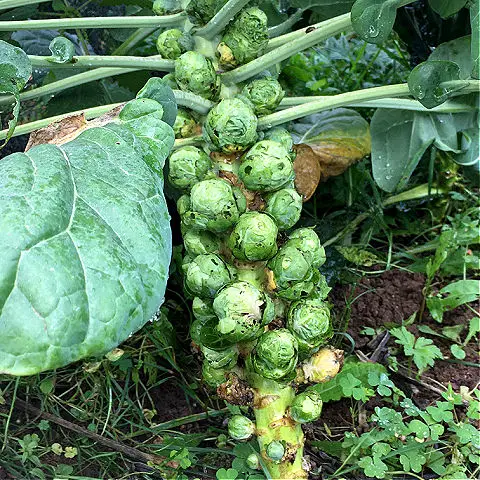
Sown in spring. The Brussels sprouts form where the leaves join the stem and are usually ready to harvest between November and April, depending upon variety grown. ‘Evesham Special‘ has given us consistently, a crop in late December.
The tops of the plants can also be eaten as a leafy green.
Asturian tree cabbage

Grows easily from seed in spring or autumn (fall) (fall). A fairly short-lived perennial that lives two to four years, as long as you keep snapping off any flower heads that appear. It does not form a head of cabbage. Harvest the large leaves as required. Try Paul and Becky’s Asturian tree cabbage from Real Seeds.
Scarlet kale
Not only is it very pretty and I happily grow it as an ornamental in amongst my flowers, but Scarlet Kale is hardy. It is very hardy and it will cope with being outside right through the winter.
Cavello nero kale, Tuscan kale or black kale

It’s got plenty of names! Sow in spring. Tuscan kale is a dark leaved, very hardy vegetable that can be harvested throughout the winter months.
There are many different types of kale that you can grow both annuals and perennials.
Taunton Deane and Daubenton kale
Both these kales are perennials. Propagate by cuttings in all but hottest months of the year. They are very easy vegetables to grow and harvest in winter and throughout the year.
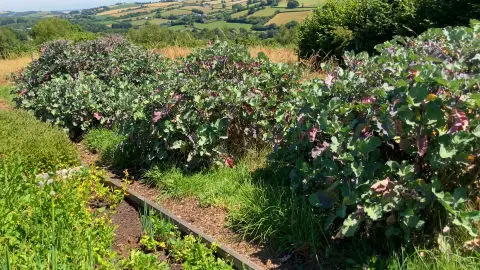
Taunton Deane kale can grow to 2.5m by 2.5m and I’ve seen it used as a hedge at Incredible Vegetables in Devon. And Daubenton kale is more low growing.
Cauliflower
Sow throughout the year, depending on variety. Try All Year Round. If the white cauliflower curd starts to separate, allow it to develop further and harvest the small florets much like you would with sprouting broccoli.
Red cabbage
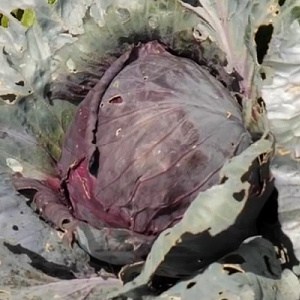
Sow in spring and harvest in autumn. Try a variety like Red Acre. Although red cabbages do not usually stand through the winter, they will happily stay in the garden until early winter. When harvesting the main cabbage head, do not remove the stem and roots and allow to grow mini cabbages from the top of the stem. They are perfect to take in and just use as a small amount of cabbage in one meal.
Spring cabbage or spring greens
Sown in spring or early summer. A cabbage that will sit through the winter and will produce a fairly loose head of leaves as a spring greens or a head of spring cabbage. Try Durham Early spring greens.
Red Russian kale
Sow all year round for use as a salad leaf. Or allow Red Russian kale to grow on for a hardy and tasty kale leaf with an attractive pink-purple central rib.
Leafy greens
Parsley
One of the few leafy herbs that will stay in your garden through most of the winter. The curled leaf parsley, like Triple Moss Curled seem to be more cold hardy.
Chard
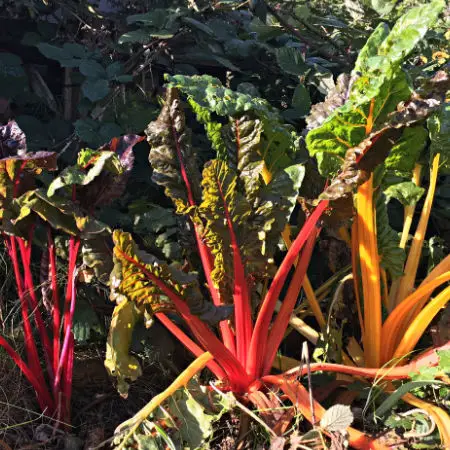
Sow from spring to autumn (fall). Chard is available in a variety of colours and often sold as rainbow chard selection of seeds. It is very hardy and the leaves are edible, even when it starts going to seed. Unlike spinach it doesn’t taste bitter once it starts going to flower.
Rocket, mustards and salad leaves
Sow under cover in early autumn (fall) for a winter harvest of young leaves. Try a mixture of Mesclun or Gourmet Loose Leaf Lettuce for baby leaves.
Winter lettuce
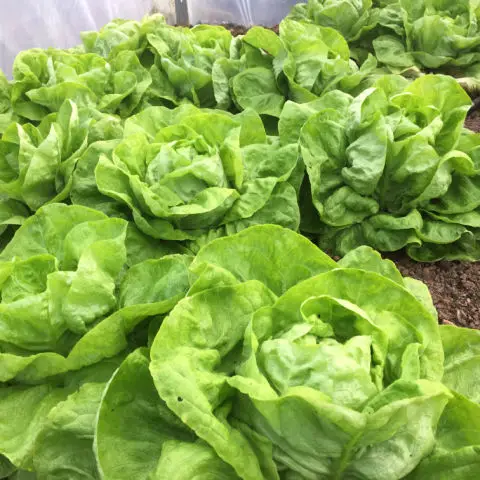
Sow a winter lettuce in late summer and early autumn (fall) to grow throughout the winter. Most winter varieties are loose head lettuce or cut and come again. Try Arctic King, Winter Density or Winter Imperial.
Perpetual spinach
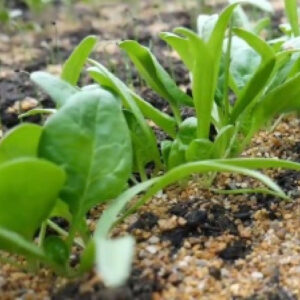
Perpetual spinach grows slowly and provides fresh tasty leaves right through the winter. Alternatively, try regular sowings for baby leaves for salads and garnish.
Alliums
For plants in the onion family mid to late autumn (fall) is the ideal time to plant many of them.
Onions
Heat-treated onion sets which are like little baby onions. Try Senshyu Yellow. Plant according to variety in late autumn (fall) or late winter going into early spring. autumn (fall) planted sets gives the roots a chance to start growing and to establish before the coldest weather arrives. They’ll sit doing not very much during the winter, but in the spring, they’ll already have their roots established and be ready to grow away very quickly and they’ll give you a harvest in June to August.
Shallots
Plant shallot sets or bulbs in a similar way to onions, also check variety is suitable for autumn (fall) planting. Try a long-shaped or banana variety like Longor or Jermor.
Garlic

Growing garlic is relatively easy to do, check the variety is suitable for autumn (fall) planting. The Garlic Farm, based on the Isle of Wight, offer a good range of both spring and autumn planting garlic.
Welsh onions
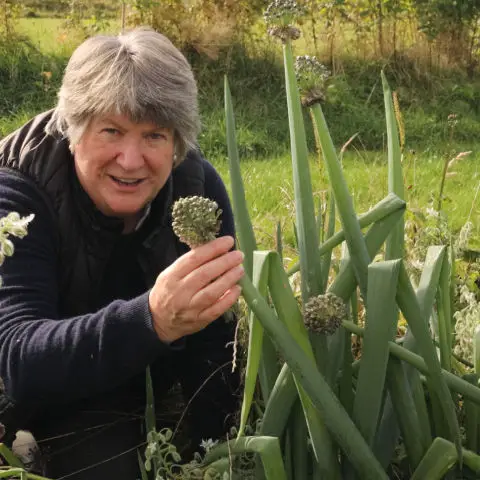
Sown seeds in spring or autumn (fall). Harvest the leaves of Welsh onions to use in place of onion bulbs. The greenery does tend to die back a bit during winter, particularly during very cold weather, but it doesn’t take very much for it to send up small shoots again. Alternatively, you can lift and use the bulb. But remember when you do that, you’ll need to sow more because it’s the bulb that all the leaves grow from.
Leeks
Slow in early spring, most leeks prefer a long growing season. Leeks is they can be stored in the ground and therefore, harvested as needed throughout the winter. Alternatively, harvest as baby leeks. Growing a selection of leek varieties will give you a longer harvesting period. Bulgarian Giant is a quick maturing leek, while Musselburgh is a later maturing variety.
Spring onions or scallions
Sow year round. For winter growing and harvesting, choose a variety like Performer or Guardsman. White Lisbon is also a good, long growing variety that does well all year.
Root vegetables
Parsnips
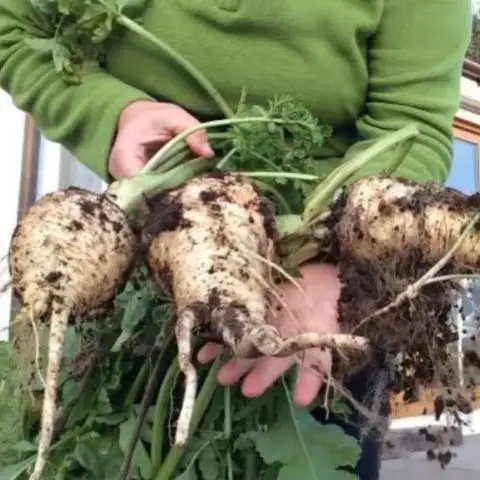
Sow parsnip seeds between March and May once the soil has warmed. For detailed advice read our guide How to Grow Parsnips. Not only are parsnips fully hardy, they’re actually better once they’ve had frost or two because something happens in the parsnip and the starches get acted on by the cold and they start turning to sugars which makes your parsnip even sweeter.
They can be left in the ground all winter and harvested as needed throughout the winter months and into spring. Try a variety like Tender and True.
Carrots
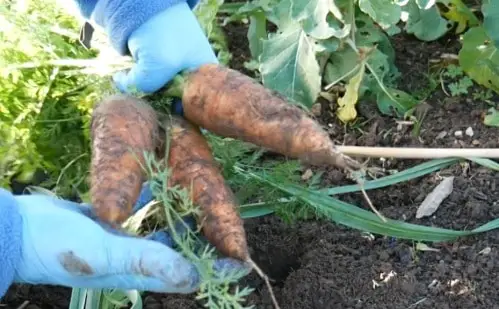
If you sowed carrots earlier in the year you can leave those in the ground, but it’s worth remembering that they could be susceptible to slug damage. There are many excellent carrot varieties. For short roots, try Royal Chantenay or a globe root like Parisian.
Beetroot or beets
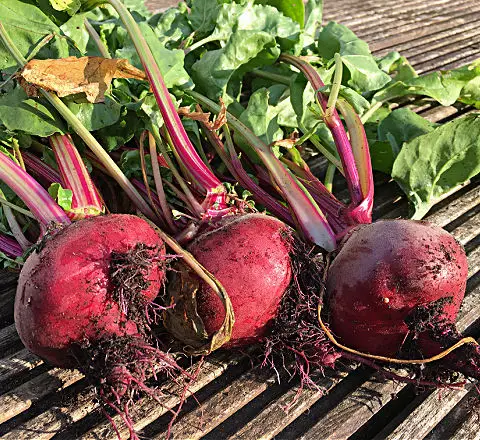
Sown from spring to late summer. Seeds sown in late summer and early autumn (fall) will produce small roots that can be harvested as needed throughout winter. Try a round variety like Boltardy, a pink and white ringed variety like Chioggia or a golden beetroot like Burpees Golden.
Young leaves also make a delicious vegetable.
Celeriac
Celeriac, like Giant Prague, can also be stored in the ground for a while, but slugs and also the woodlice may be a nuisance.
Turnips
Sow from spring to early autumn (fall). Later sowings are better under the cover of a polytunnel, greenhouse or cold frame. There are many tasty varieties including Milan White, Purple Top Milan and Gold Ball.
Radish
Sow year round. Try French Breakfast 2, a round, red root like Cherry Belle or a round, white root White Hailstone. Autumn (fall) and winter sowings are best under cover. Of all the vegetables to grow and harvest in winter this is probably the easiest.
Oca
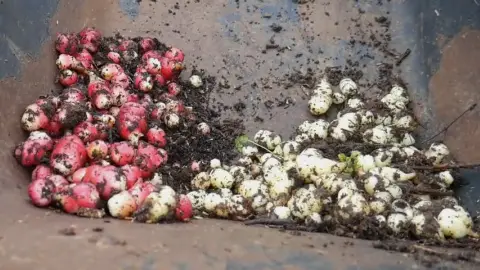
This is a small tuber that comes from the Andes. Oca has a slightly lemony, appley taste with the texture of radish. Grown from tubers, harvest after the first frosts and the foliage has died back. Usually around the first or second week in December. Take the tubers inside and cure them and use them throughout the winter.
Hamberg parsley or root parsley.
Sow seeds in spring. Harvest leaves of Hamburg parsley for use in the same way as curled or flat-leaf parsley. From mid-autumn (fall) onwards harvest the roots
Jerusalem artichokes
Grown from tubers, eventually they can be invasive if left unchecked or not harvested. Most varieties are very tall, but shorter varieties like ‘Dwarf‘ are available.
Legumes
Broad beans or fava beans

Sow in late autumn (fall) or spring, depending on variety, to grow throughout the winter for an earlier crop the next early summer. For a good autumn sown variety, try Aquadulce Claudia.
Field beans
Often grown as a cover crop, sown in autumn (fall). Harvest the tops as a tasty green vegetable and the beans, which are smaller than those of broad (fava) beans, but just as flavoursome. Do not dig into the soil as instructed for a cover crop until after harvesting.
Peas
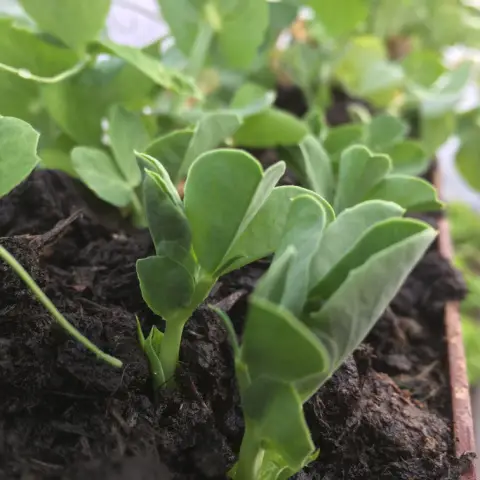
There are several varieties that grow well throughout the cooler months, especially with some cover, including Meteor and Kelvedon Wonder. Alternatively, grow in guttering hanging from a greenhouse or polytunnel or on the kitchen windowsill for peashoots.
Other vegetables
Winter squash

As their name implies, can be eaten throughout the winter as long as they have been prepared and stored properly. Sow in spring and plant out when all risk of frost has passed. Harvest before the first frosts, preferably when the stem that joins the squash onto the main vine when that turns brown. Once cured, the squash can be stored in a dry, frost-free environment for months. Check regularly for mould growth and remove any damaged squashes. Try Waltham butternut squash or Blue Hubbard which is a very tasty winter squash.
Rhubarb
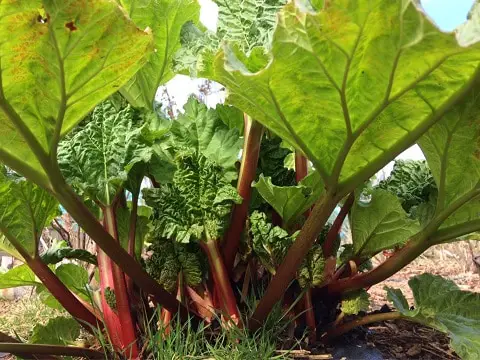
A perennial vegetable that stays in the ground over winter and is very happy. Do not harvest for a year after planting or dividing, to allow the plant to develop a strong root system. For an early harvest, try Timperley Early.
More information
Make a simple low tunnel using recycled materials, with either netting or polythene to provide additional protection to plants for the cold months.
Whichever vegetables you choose to grow and harvest in winter, I hope you enjoy it and that you’ll have fun. Additionally, if you want to know what you can sow this month, check out this reading list.
- Baby pepper inside pepper | Strange vegetable - September 16, 2025
- Biennials to sow in June and July - September 12, 2025
- Protected: Urban back garden - August 28, 2025
